Attached you can find a timeline and other info-graphic materials on some of the best-selling consoles of all times.

Gaming has been one of the most favored entertainment forms. Every year new games are released and anticipated. It was just confirmed that E-sports would be one of the main events of the 2022 Asian Games in China. Brian Graham, deputy editor of Guardian US Sports, believed that this is the “boldest step yet toward mainstream recognition of competitive gaming”. (Graham) However, as gaming gained so much love, has anyone considered what shaped today’s gaming world? While we take a stroll of some of the older consoles, we will also discuss the current trend of gaming systems.
Let’s start off by asking this question: what is a gaming console? Jeff Tyson from howstuffworks.com tells us that game consoles are “highly specialized computer[s]”. In fact, most systems are based on the same central processing units (CPUs) used in many desktop computers. To keep the cost of the video game system within reasonable limits, most manufacturers use a CPU that has been widely available for long enough to undergo a significant decrease in cost. (Tyson) While games nowadays can be purchased as discs or digital copies ordered online, console games decades ago are shipped in cartridges.
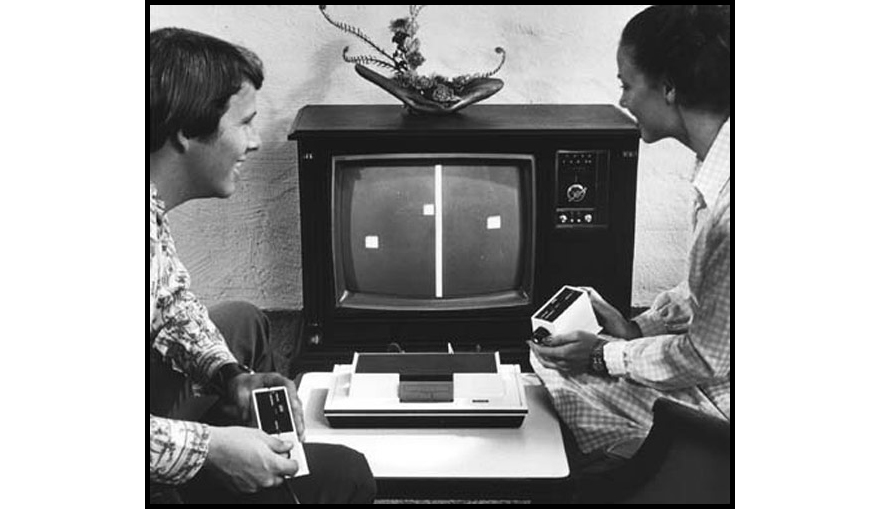
Before the emergence of PC gaming, consoles were the only thing that you can digitally game on. Built in 1972, the very first console was the Magnavox Odyssey, a console with limited graphic capabilities. With its famous included game, Pong, the system did not sell well. Though it has only sold around 350,000 copies, the system has paved the way for future consoles, and it was deemed a “pioneering machine” by PCWorld reporter Benj Edwards. (Edwards) In 1976, the Channel F, packing with 30 games, was released. Most of you probably haven’t even heard of the name of such a console, but the system has marked its place in history with its revolutionary video cards, paving the way for future gaming systems using cartridges to ship games. (Plunkett)
The gaming industry had no groundbreaking improvements until 1983 when the Nintendo Entertainment System (NES) was born. Sold Nearly 62 million copies worldwide, this console dominated the 80s for its well-known and unique titles, including Super Mario Bros. and The Legend of Zelda. The system played the role in society so prominent that it could not be challenged until the emergence of SEGA Genesis, which, quoted Andrew Cunningham, writer of Arstechnia, “kicked off the 16-bit era”, marking a new phase of the gaming industry. (Cunningham) Aiming to rival Nintendo, SEGA launched yet another phenomenal gaming franchise, Sonic the Hedgehog. To extend its life, in 1994, SEGA also released the peripheral 32X, which, after installation, allowed users to play compatible games in 32 bit.
The gaming industry made an unexpected turn in 1989. One of the best–selling handheld video game unit was launched by Nintendo. Back in 1979, people started thinking about bringing their bulky gaming systems outdoors so they can enjoy a ubiquitous gaming life. Such inventive ideas motivated Milton Bradley to build the very first handheld gaming machine, Microvision. (Howearth) Other companies and manufacturers followed, only to yield unattractive consoles which feature few games or for educational purposes. Not until 1989 had the GameBoy influenced the gaming industry yet again. Featuring two red buttons and a directional pad, as well as several different versions, including GameBoy Color and GameBoy Advanced SP (adopting a flip design which influenced the designs of Nintendo DS or 3DS), the franchise sold millions of copies worldwide. Handheld gaming was dominated by GameBoy until Playstation Portable and Nintendo DS were released, during the era of rivalry between Sony and Nintendo, which is yet another story that we will cover later.
Back to household consoles, the next generation of video game systems sparked off upon the invention of Playstation and Nintendo 64. These two monstrosities revitalized the entertainment industry, each bringing gamers distinct exclusive titles. Fans have longed for battles between Jin from Tekken and Mario, but because they never happened at that time, it adequately explained the successes of the two companies, because they made their console right in so many different ways. Microsoft joined in in 2001 (Marshall) when they launched the XBOX, a console with similar designs to go head to head (to head) with the other electronic powers, which had just gave birth to PS2 (As a matter of fact, the PS2 hit the all-time best-selling chart in video-game industry) and Gamecube.
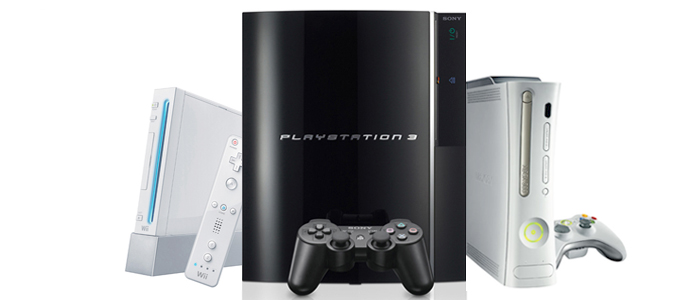
It seems like the timeline has finally reached roughly where we are at now. A new set of handheld was born, namely Playstation Portable and Nintendo DS, by Sony and Nintendo respectively. Moreover, around the same period of time, motion controls made their way to the public. Of course, later handheld devices such as the PS Vita became a company failure because smartphones are rising as the dominant handheld entertainment device. Wii was one of the saviors of Nintendo when their stocks went down, but they failed to capitalize on such unique gameplay styles. Most games for the Wii did not require motion controls. Super Mario Bros Wii or Super Smash Bros Brawl barely needed the Wiimote for motion controls. (Totilo) Nonetheless, there were games such as Wii Sports Resort or Wii fit that focused a lot on the Wii’s most attractive point, but considering the number of games that truly made use of motion controls, it appears that this gaming style is nothing but a gimmick. Microsoft introduced Kinect, while Sony adopted PS Move for their own corresponding consoles, but because these were not the consoles selling point, neither did the companies pay attention to the sensitivity issues of these peripherals, nor did they released enough games that made use of motion controls. They basically walked the same path as Nintendo.
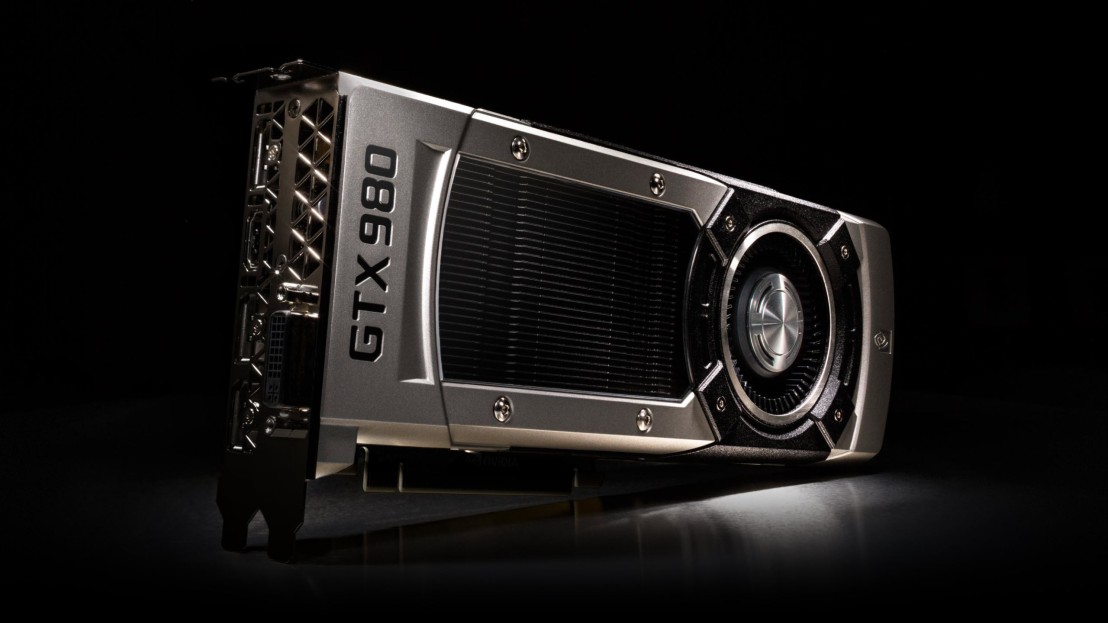
The final segment of gaming history began when the rivalry between XBOX ONE and Playstation 4 sparked off. However, I will not categories this ongoing era simply by focusing on their rivalry, because PC gaming had also matured enough to compete with consoles, leading to the heated debate of whether consoles or PCs are better. While we are not taking sides in this essay, I can say that the enlightenments that founded both systems entwine to take hold of the industry. They interact so much that they influence each other, leading to rapid improvements of all gaming systems. One of the eye-catching aspects of PC gaming is that the crucial part of a gaming PC is its upgradeable graphic cards. The cards can be swapped out easily and replaced by a new one to drastically improve performance, meaning that they are generally more powerful than consoles. Despite faster and more efficient performance, consoles are still relatively cheaper due to their slower performance and lower versatility, since you cannot upgrade the motherboard-soldered-on graphics card unit. However. To compete with the more potent gaming computers, Sony and Microsoft had released upgraded versions of PS4 and XBOX ONE respectively, so that users can also get upgrades to their gaming units. Electronic or game stores like GameStop also offers trade-in services, giving large discounts to customers if they want to sell their old unit for newer, sleeker, and better ones. Currently, PS4 Pro is the most powerful console, while Project Scorpio by Microsoft is scheduled to release around Christmas 2017. (Painter)
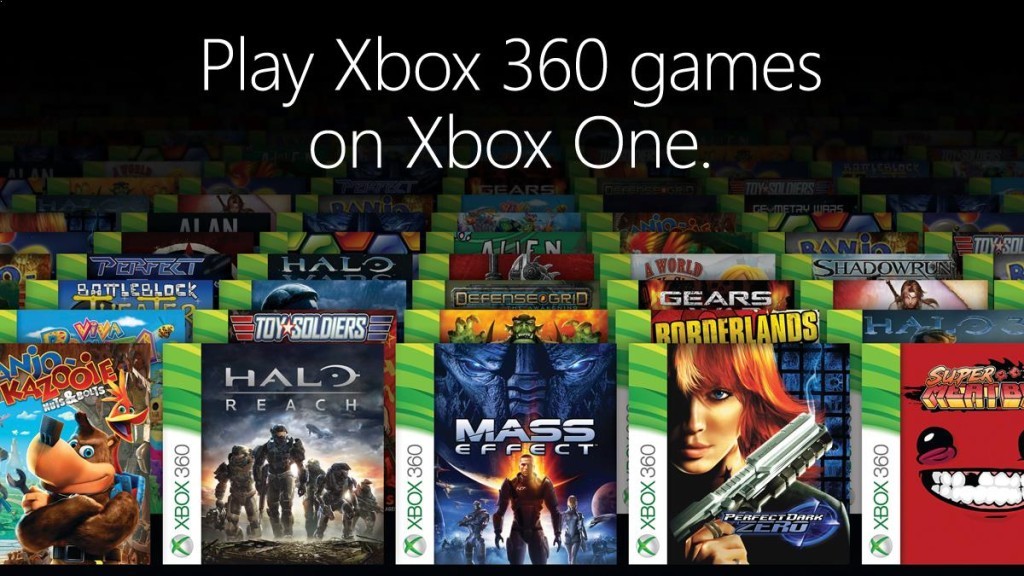
Also, since Windows 10 can theoretically play any game that was released for Windows 7 and Windows 8, the PC game library can expand dramatically, giving users the freedom to play nostalgic games that are released 10 years ago. This gave birth to the idea of backwards compatibility for XBOX ONE S (first upgraded version of the XBOX ONE). While more and more games of the XBOX 360 are modified by Microsoft to make them compatible with their current flagship console, yet not all games from the past can be played. Improvements have been made, but the slow progress has deterred a gamer’s desire to buy a console.
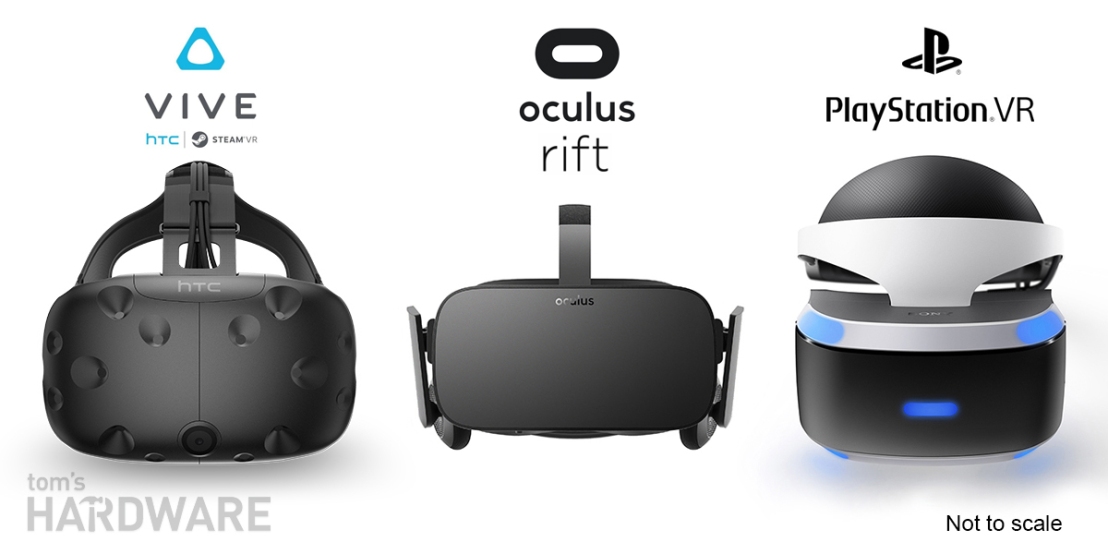
Gaming with mouse and keyboard or with a gamepad is simply not satisfying enough for players. When there is demand, there will be supply. Gamers can now install virtual reality add-ons (VR) into their systems and immerse themselves into a full 3D virtual reality. VR machines allows gamers to put on a headset with two wrist controllers. As the user’s head tilt or moves the controllers, the system uses gyroscopic technology to detect movements and project images onto the headset. Users can immerse themselves into a virtual 3-dimensional environment and live someone else’s dream. One analogy for this is like Desmond working through the animus. The first popular VR machine was the Oculus Rift, which is only compatible with limited PC games. It also does not offer dedicated motion controllers, so gamers have to rely on the gamepad. Then HTC Vive and PlayStation VR came. While HTC Vive perfected VR gaming for Windows computers, PSVR made use of PS Move controllers mentioned earlier, starring their own collection of exclusion games. This is yet another evidence to that PC heavily influenced console gaming nowadays.
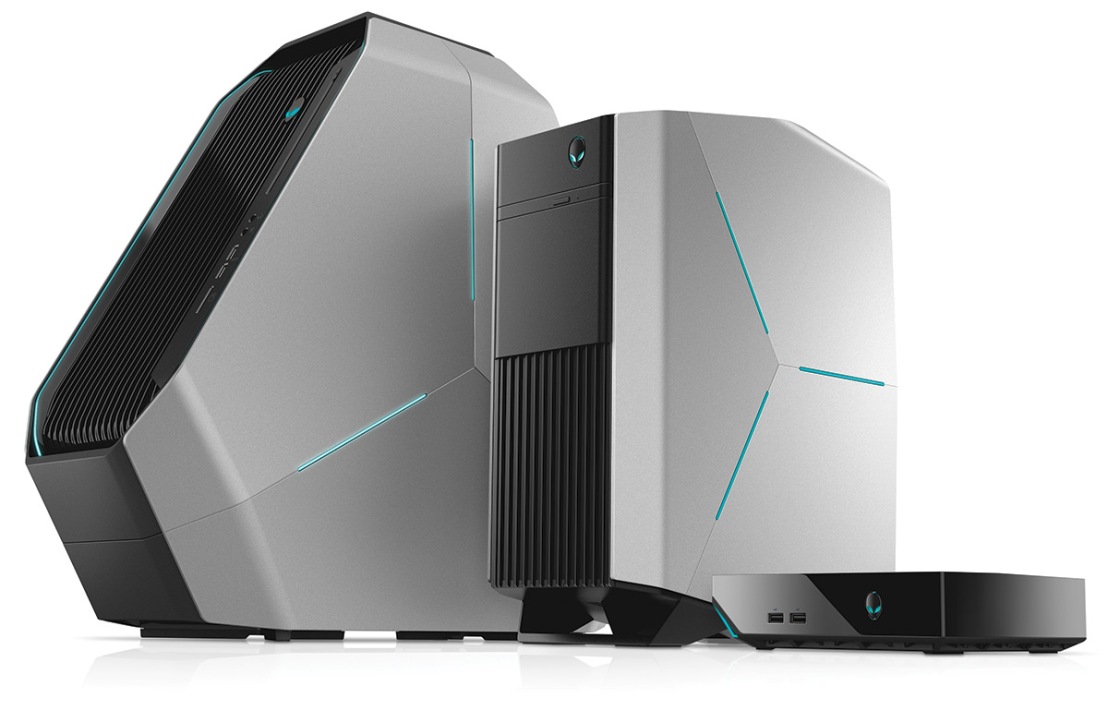
At this point you might ask, is PC superior to consoles in every way? Well, not exactly. Consoles still have their selling point, being smaller than most powerful PCs and significantly cheaper. That being said, a new form of custom PCs has emerged from the market, namely Home Theater PCs, or as people would like to call it, console killers. These are custom computers with full–size graphics cards cramped into a size similar to that of a console. They do have their downside though. Being smaller in volume but higher in performance and energy drain is equivalent to generating much more heat than an average console. To minimize overheating and maximizing performance, one can get a pre-built HTPC with advanced water-cooling systems or state-of-the-art convection cooling systems. This means that users will have to pay more than building a PC with the same components of a larger size by their own, because pre-builts often features technology that customs PCs do not. Also, some pre-built PCs prevent users swapping out graphics cards by placing a warranty label on the screws. Users who may want to tinker with the inner specs of the pre-builts may void the warranty by doing so, limiting a gamer’s options. Ultimately, the lower price of a console wins the heart of gamers who would like to save a few bucks and can tolerate the lower graphical capabilities of consoles. If you are willing to spend the extra money for better performance and versatility, a custom PC may be something you would want to pick up during sales.
We have addressed a lot today. We have learned that consoles had come a long way. From the 8-bit era to the native 4k rendering capabilities of PS4 Pro, from classic controllers with two buttons to the fully customizable ones nowadays, consoles played a very paramount role in a gamer’s life. The current trend reveals that consoles are declining because of the strengths and potentials of a gaming PC, but consoles can still win one’s heart by their relatively smaller size and lower price. Personally, I prefer a personal computer just because I believe my hard-earned money would be well spent for the extra horsepower. Nonetheless, while gamers indulge themselves in gaming nowadays, do not forget how much consoles had made so far. Even if consoles may not have as many benefits as PC, we should never forget what consoles has provided us in the previous decades. We can never undermine their significance in human history.
For more information on the battle between PlayStation4 and the XBOX ONE, be sure to check out Adrian’s article, titled “XBOX ONE vs PlayStation 4”. For some other analysis of PCs, check out Calum’s piece.
Works cited
Graham, Bryan Armen. “ESports to Be a Medal Event at 2022 Asian Games.” The Guardian. Guardian News and Media, 18 Apr. 2017. Web.
“Magnavox Odyssey Video Game Unit, 1972” The National Museum of American History. Web
Edwards, Benj. “Inside the Magnavox Odyssey, the First Video Game Console.” PCWorld. PCWorld. 27 May. 2012. Web
Matsuo, Alex. “10 Most Popular Game Consoles of All Time.” TheRichest. TheRichest. 22 Feb. 2014. Web
Plunkett, Luke. “Remembering the First Console to Use Cartridges.” Kotaku. Kotaku. 12 Apr. 2011. Web
Cunningham, Andrew. “The NES Turns 30: How it Began, Worked, and Saved the Industry.” Arstechnica. Arstechnica. 15 Jul. 2013. Web
Marriott, Scott Alan. “SEGA Genesis 32X CD”. Allgame. Internet Archive Wayback Machine. Web.
Minoti, Mike. “25 years of the Game Boy: A timeline of the systems, accessories, and games.” Venturebeat. Venturebeat. 21 Apr. 2014. Web.
Totilo, Stephen. “Motion Controls, The Most Popular And Most Broken Idea Gaming Ever Had.” Kotaku. Kotaku. 15 Oct. 2013. Web.
Painter, Lewis. “Xbox Scorpio latest rumours – release date, UK price and specs.” TechAdvisor. TechAdvisor. 13 Apr. 2017. Web.
Howearth, Steven. “Milton Bradley Microvision.” Popculturemaven. Popculturemaven. 19 Feb. 2014. Web.
Tyson, Jeff. “How Video Game Systems Work.” HowStuffWorks – Tech. HowStuffWorks. Web.
Marshall, Rick. “The History of the XBOX.” Digital Trends. Digital Trends. 12 May. 2013. Web.
Winchester, Henry, Sophie Charara. “Oculus Rift v PlayStation VR: What is the best VR gaming headset?” Wareable. Wareable. 21 Nov. 2016. Web.
Pictures taken from wikipedia. “List of Home Video Game Consoles.” https://en.wikipedia.org/wiki/List_of_home_video_game_consoles











